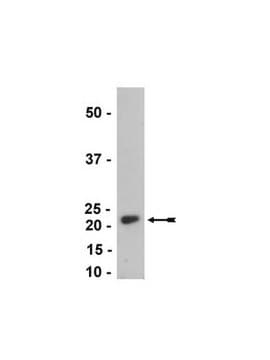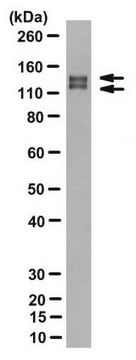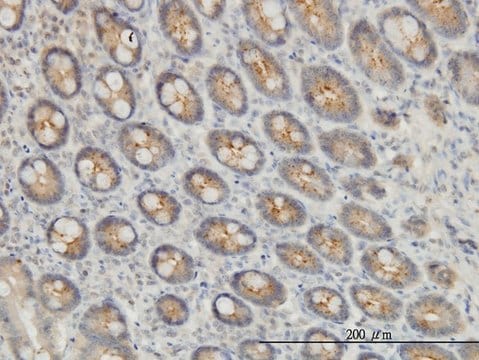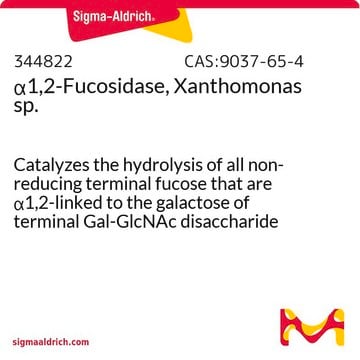MABT186
Anti-Exo70 Antibody, clone 70X13F3
clone 70X13F3, from mouse
Sinônimo(s):
Exocyst complex component 7, Exocyst complex component Exo70, rExo70
About This Item
Produtos recomendados
fonte biológica
mouse
Nível de qualidade
forma do anticorpo
purified antibody
tipo de produto de anticorpo
primary antibodies
clone
70X13F3, monoclonal
reatividade de espécies
human, rat
técnica(s)
immunocytochemistry: suitable
western blot: suitable
Isotipo
IgG2bκ
nº de adesão NCBI
nº de adesão UniProt
Condições de expedição
wet ice
modificação pós-traducional do alvo
unmodified
Informações sobre genes
human ... EXOC7(23265)
Descrição geral
Imunogênio
Aplicação
Cell Structure
Cytoskeletal Signaling
Immunocytochemistry Analysis: A representative lot was used by an independent laboratory in Exo70 cells. (Hsu, S.C., et al. (2001). The Journal of Neuroscience. 21(11):3839–3848.)
Immunofluorescence Analysis: A previous lot was used by an independent laboratory in IF. (Hsu, S.C., et al. (2011). The Journal of Neuroscience. 31(10):3522–3535.)
Qualidade
Western Blot Analysis: A 1:1,000 dilution of this antibody detected Exo70 in 10 µg of rat brain tissue lysate.
Descrição-alvo
forma física
Armazenamento e estabilidade
Nota de análise
Rat brain tissue lysate
Exoneração de responsabilidade
Not finding the right product?
Try our Ferramenta de seleção de produtos.
Código de classe de armazenamento
12 - Non Combustible Liquids
Classe de risco de água (WGK)
WGK 1
Ponto de fulgor (°F)
Not applicable
Ponto de fulgor (°C)
Not applicable
Certificados de análise (COA)
Busque Certificados de análise (COA) digitando o Número do Lote do produto. Os números de lote e remessa podem ser encontrados no rótulo de um produto após a palavra “Lot” ou “Batch”.
Já possui este produto?
Encontre a documentação dos produtos que você adquiriu recentemente na biblioteca de documentos.
Nossa equipe de cientistas tem experiência em todas as áreas de pesquisa, incluindo Life Sciences, ciência de materiais, síntese química, cromatografia, química analítica e muitas outras.
Entre em contato com a assistência técnica








